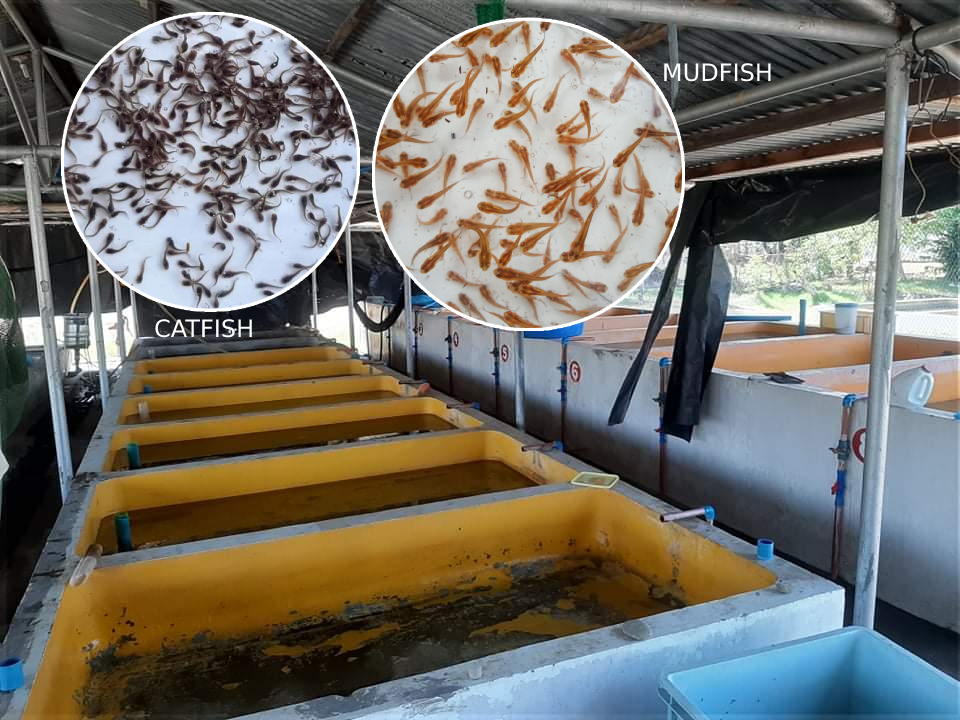
As part of its food security initiatives, the Department of Agriculture (DA) — through its National Fisheries Research and Development Institute (NFRDI) together with the Bureau of Fisheries and Aquatic Resources (BFAR) — is employing innovative technologies to boost the country’s fish production.
In particular, the two DA fishery agencies are developing induced spawning techniques and nursery rearing protocols for “dalag” (mudfish) and “hito” (catfish), with the support of the DA Biotechnology Program.
The spawning and nursery technologies aim to increase the production of dalag and hito fingerlings that will be distributed to interested aquaculturists and fishpond operators.
The technologies will also help solve the perennial challenges facing the fishery industry, namely: high fishing pressure in the wild; human-induced harmful and illegal fishing activities; and ineffective cultural and management practices. These have invariably caused a decline in total fish catch from both aquaculture and marine waters.
The decreasing catch of fingerlings from the wild and lack of technologies in the propagation of fish are also considered bottlenecks in ensuring sustainable production of freshwater species like mudfish and catfish.
Specifically, the NFRDI-BFAR biotechnology project on mudfish production aims to optimize the induced spawning techniques and nursery rearing protocols, whose outcome is a sustainable, cheaper and efficient way to produce ‘dalag.’
Through this two-year project, which started in October 2020, a total of 300,000 mudfish fingerlings will be produced that will be distributed to fish farmers in Central Luzon and in Tanay, Rizal through the DA-BFAR.
On the other hand, the one-year project on catfish, initiated in January 2021, targets a continuous supply of quality fingerlings by improving induced spawning techniques and rearing protocols by engaging six village-level hatcheries and nurseries in La Union and Pangasinan.
The project aims to produce 1.2 million ‘hito’ fingerlings and attain a 10-percent growth in production and more importantly achieve a three-fold increase in profit. ### (DA Biotech and DA StratComms)
———————
For those interested to know more about these projects, please coordinate with:
Induced breeding of mudfish project
CASIANO H. CHORESCA JR.
Senior Science Research Specialist
NFRDI – Fisheries Biotechnology Center CLSU Compound
Science City of Muñoz, Nueva Ecija
(044) 456-0670
0999-4421-657
cchorescajr@gmail.com
Propagation of Catfish fingerlings project
MARY JOY G. AGUSTIN
Project Leader/Aquaculturist I
BFAR – National Integrated Fisheries Technology Development Center
San Fabian-Bonuan-Dagupan Diversion Road
Bonuan-Binloc, Dagupan, 2400 Pangasinan
(075) 523 5412
0917-818-2331
agustinmaryjoy08@yahoo.com /
bfarniftdc@yahoo.com














